American Shorthair
American Shorthair
America’s Hearty and Sociable Feline
1. Introduction to the Breed
The American Shorthair, securing the #10 spot among the top cat breeds owned by Americans in 2024, is a hearty and sociable feline cherished for its robust build and friendly personality. Known as the all-American cat, these versatile felines combine a strong, athletic frame with an approachable demeanor, making them ideal for families, singles, or seniors seeking a balanced companion. Their vibrant coat and adaptable nature shine in urban apartments or suburban homes, bringing warmth and charm to any household.
2. History of the Breed
Originating in North America, American Shorthairs descend from cats brought by European settlers in the 1600s, valued for their mousing skills on ships and farms. Initially called Domestic Shorthairs, they were selectively bred in the 19th century for their distinctive look and temperament, officially named American Shorthairs by the Cat Fanciers’ Association (CFA) in 1966. Their popularity grew for their versatility in cat shows and as family pets, their all-American heritage and easygoing nature making them a beloved staple in U.S. homes.
3. Physical Characteristics
- Typical Size and Weight: American Shorthairs are medium to large, standing 8–10 inches tall at the shoulder and weighing 10–15 pounds (males) or 7–12 pounds (females), with a muscular, sturdy build.
- Coat and Color: Their short, dense coat is smooth and glossy, in colors like tabby (classic silver tabby is iconic), solid, bicolor, or tortoiseshell. The coat sheds moderately and requires minimal grooming.
- Distinctive Features: American Shorthairs have a broad head, large, rounded eyes (often gold or green), and medium-sized ears. Their strong frame and balanced proportions enhance their athletic, approachable appearance.
4. Personality Traits
American Shorthairs are sociable, affectionate, and independent, with a balanced personality that makes them excellent family pets. They form strong bonds with children, adults, and familiar pets, enjoying moderate interaction without being overly demanding. Their playful, yet calm nature includes soft vocalizations, like purring or chirping, rather than loud meows. American Shorthairs are intelligent and adaptable, suiting owners of all experience levels who can provide moderate stimulation to prevent boredom-driven behaviors like scratching or overeating.
5. Care Requirements
- Exercise Needs: American Shorthairs need 30–45 minutes of daily play, such as chasing toys, climbing cat trees, or interactive games. Mental stimulation through puzzle toys or window perches satisfies their moderate curiosity.
- Grooming Needs: Their short coat requires brushing once or twice weekly to manage shedding and maintain shine. Regular ear cleaning, nail trimming, and dental care are essential, as they’re prone to dental issues.
- Dietary Considerations: A high-protein diet supports their muscular build and energy. Portion control prevents obesity, which can strain their joints, and foods with omega fatty acids reduce skin sensitivities. Fresh water is essential for their active lifestyle.
6. Health and Lifespan
American Shorthairs have an average lifespan of 15–20 years, often benefiting from their robust genetics. Common health issues include hypertrophic cardiomyopathy (HCM), obesity, dental disease, and urinary tract issues. Regular vet checkups, heart screenings, and dental cleanings mitigate risks. Owners should monitor for weight gain, litter box changes, or dental discomfort and ensure a balanced diet to support overall health. Genetic testing from breeders reduces hereditary concerns, particularly for HCM.
7. Training and Socialization
American Shorthairs are intelligent and cooperative, responding well to positive reinforcement training with treats or play. They easily learn behaviors like using a scratching post or litter box habits, with their balanced nature making training straightforward. Early socialization ensures comfort with strangers, children, and other pets, reducing shyness or territorial behavior. Teaching simple tricks or routines keeps their moderate curiosity engaged. Interactive play or training prevents boredom-related behaviors like scratching or hiding.
8. Ideal Home Environment
American Shorthairs thrive in versatile environments, from compact apartments to spacious suburban homes, making them ideal for urban or rural settings. They suit families, singles, or seniors who enjoy moderate interaction. Indoor spaces with climbing structures, window perches, or cozy bedding satisfy their balanced needs for play and rest. Owners should provide a stimulating environment with toys and scratching posts to prevent boredom and ensure a nurturing setting for their sociable nature.
9. What’s the Best Toy for My American Shorthair?
American Shorthairs enjoy toys that suit their sociable, moderately playful nature and sturdy build. Lightweight feather wands encourage chasing and pouncing, providing 15–20 minutes of interactive play to satisfy their hunting instincts. Small, durable balls for batting or chasing tap into their athletic energy, ideal for 15–20 minute sessions in a secure space. Soft plush toys for wrestling mimic prey, perfect for 10–15 minute play bursts, with supervision to prevent tearing. Interactive puzzle toys with treat compartments engage their intelligence, keeping them occupied indoors for 15–20 minutes. Avoid small, easily swallowed toys to prevent choking. Rotate toys regularly and pair with interactive games for engagement.
10. Adoption and Breeder Tips
Choose breeders affiliated with the CFA or American Shorthair breed clubs, ensuring health clearances for heart (HCM), dental, and urinary conditions. Visit the breeder to assess kitten health, meet parents for temperament insights, and confirm ethical practices, including socialization and clean facilities. Rescues like American Shorthair-specific organizations or local shelters offer adoptable cats, often with known histories. Avoid unregulated breeders or pet stores, as American Shorthairs are prone to health issues if poorly bred. Ask about genetic testing, socialization, and activity needs to ensure a healthy, well-adjusted cat.
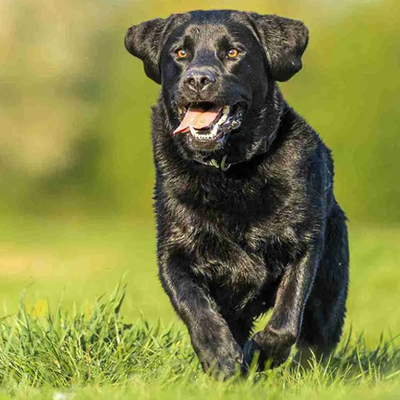
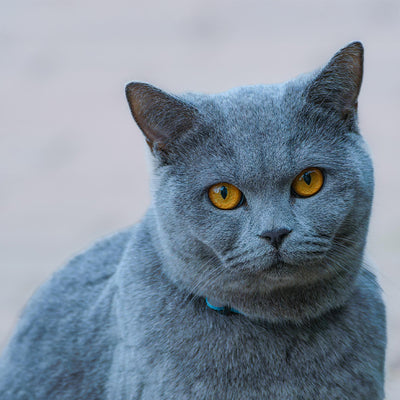
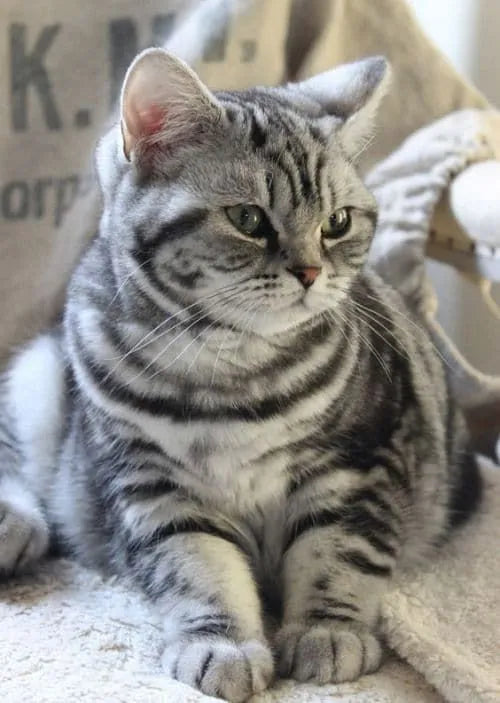
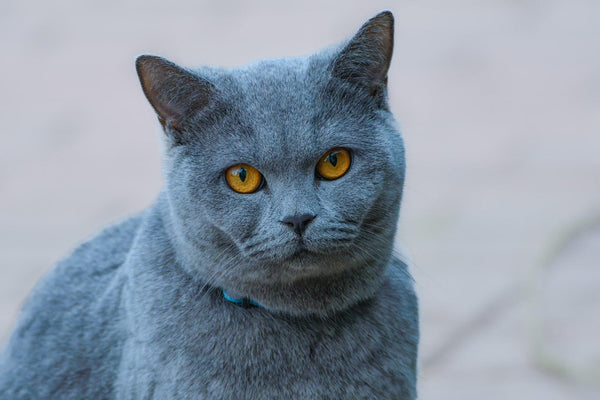
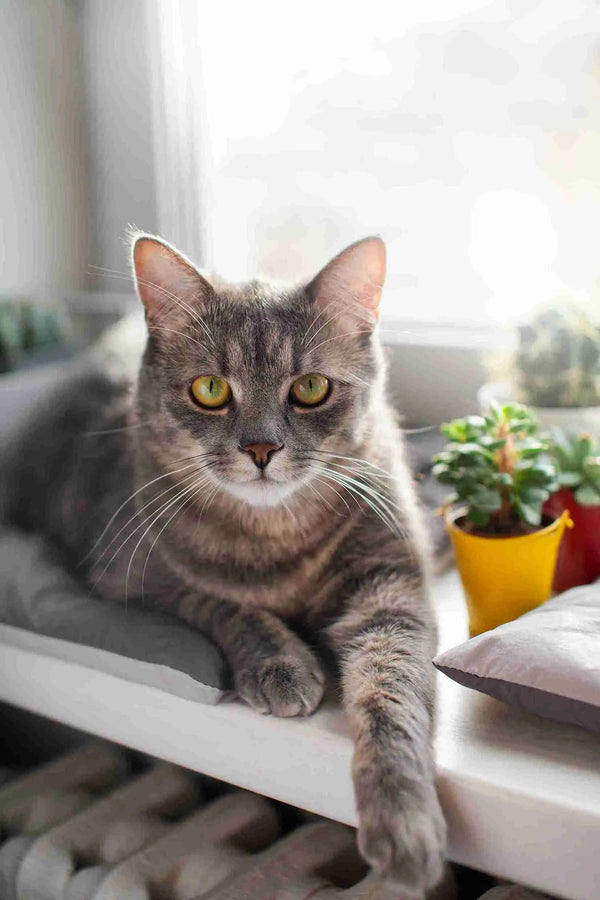
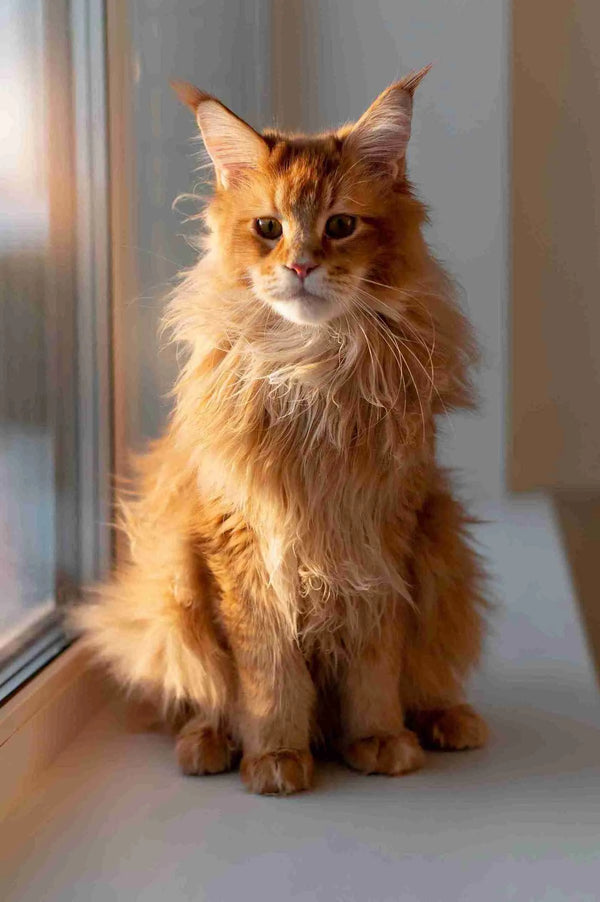
0 comments